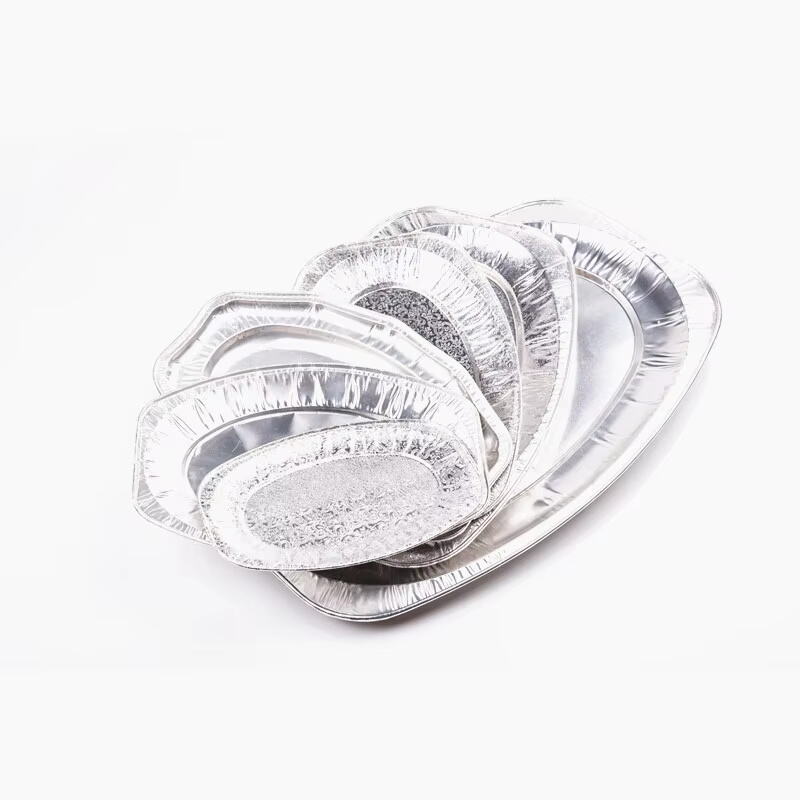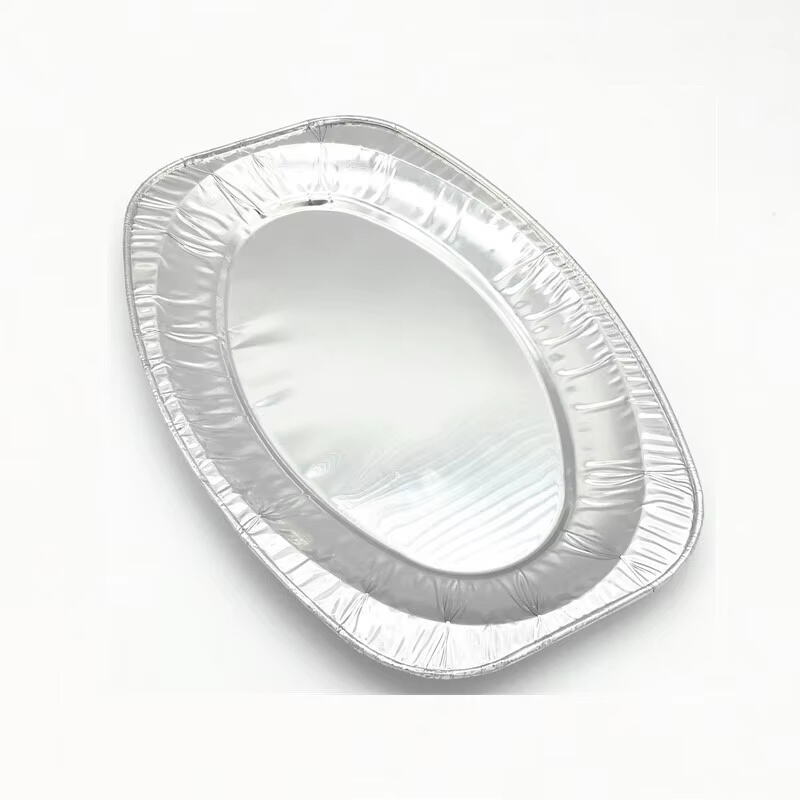Understanding the Versatility of Aluminum Food Storage Containers
When it comes to food storage solutions that offer both convenience and practicality, aluminum trays with lids stand out as a versatile option for home cooks and professional chefs alike. These durable containers have become increasingly popular for their ability to transition seamlessly from freezer to oven, making meal prep and storage significantly more efficient. Their widespread use in both commercial and residential kitchens speaks volumes about their reliability and functionality.
The combination of sturdy aluminum construction and secure-fitting lids creates an ideal storage system that addresses multiple culinary needs. Whether you're batch cooking meals for the week ahead or storing leftovers from a family gathering, understanding how to properly use these containers can revolutionize your food storage practices.
Freezing Capabilities of Aluminum Containers
Temperature Resistance and Durability
Aluminum trays with lids excel in freezer storage due to their exceptional temperature resistance. The metal can withstand extremely low temperatures without becoming brittle or compromising its structural integrity. This makes these containers particularly suitable for long-term freezer storage, as they maintain their shape and protective properties even in sub-zero conditions.
The material's natural properties also provide excellent protection against freezer burn, helping to preserve food quality and taste. When properly sealed, aluminum trays create an effective barrier against moisture loss and ice crystal formation, two common culprits behind degraded food quality in frozen storage.
Proper Sealing Techniques
To maximize the freezing benefits of aluminum trays with lids, proper sealing is crucial. The lids should be crimped firmly around the edges of the tray, creating an airtight seal that prevents freezer burn and maintains food freshness. Some containers come with specialized rim designs that facilitate this sealing process, making them even more effective for frozen storage.
For additional protection, especially for longer storage periods, consider wrapping the sealed container in a layer of plastic wrap or placing it inside a freezer bag. This extra step provides an additional barrier against potential freezer odors and helps maintain the integrity of your stored foods.

Reheating Safety and Best Practices
Oven Reheating Guidelines
Aluminum trays with lids are particularly well-suited for oven reheating, as aluminum is an excellent conductor of heat. When reheating frozen foods, it's recommended to remove the lid initially to allow for proper heat distribution and to prevent excess moisture accumulation. The container can safely withstand temperatures up to 400°F (204°C), making it suitable for most reheating needs.
For optimal results, allow frozen foods to thaw in the refrigerator before reheating. This promotes even heating and helps maintain food quality. If reheating directly from frozen, adjust cooking times accordingly and monitor the food closely to prevent overcooking or uneven heating.
Microwave Considerations
While aluminum trays excel in oven reheating, they are not suitable for microwave use. The metal surface can create dangerous sparking and potentially damage your microwave. For microwave reheating, transfer the food to a microwave-safe container. This limitation is important to note when planning your meal prep and storage strategy.
If you frequently rely on microwave reheating, consider portioning foods into both aluminum containers for freezing and separate microwave-safe containers for reheating purposes. This approach offers maximum flexibility while maintaining food safety standards.
Food Storage Duration and Quality Maintenance
Optimal Storage Periods
Aluminum trays with lids provide excellent protection for frozen foods, typically maintaining quality for 3-6 months when properly sealed and stored at 0°F (-18°C) or below. Different types of foods have varying optimal storage periods, but the protective properties of aluminum help extend shelf life compared to other storage materials.
To track storage duration, always label containers with the contents and date of freezing. This simple organization system helps manage your frozen inventory and ensures foods are consumed within their optimal quality window.
Quality Preservation Techniques
The key to maintaining food quality in aluminum trays lies in proper preparation and packaging. Cool cooked foods completely before freezing to prevent condensation, which can lead to ice crystal formation. Fill containers appropriately, leaving some headspace for food expansion during freezing while minimizing air exposure.
Consider portioning foods according to serving sizes before freezing. This approach not only makes reheating more convenient but also helps maintain food quality by minimizing the number of times the remaining portions are thawed and refrozen.
Frequently Asked Questions
Can aluminum trays go straight from freezer to oven?
While aluminum trays are capable of handling both freezing and heating, it's best to avoid dramatic temperature changes. Allow frozen dishes to thaw in the refrigerator before placing them in a preheated oven to prevent warping and ensure even heating of your food.
How long can food be stored in aluminum trays in the freezer?
Most foods can be safely stored in properly sealed aluminum trays for 3-6 months in the freezer. However, the exact duration depends on the type of food and storage conditions. Always ensure your freezer maintains a constant temperature of 0°F (-18°C) or below.
Are aluminum trays with lids environmentally friendly?
Aluminum trays are recyclable and can be more environmentally friendly than plastic alternatives, especially when properly recycled. Many are also made from partially recycled materials. While single-use options exist, heavy-duty versions can be washed and reused multiple times, further reducing their environmental impact.


